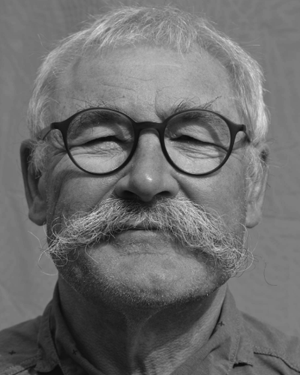Author details

Luc Dugard
Also published under: L. Dugard
Affiliation
Univ. Grenoble Alpes
CNRS
Grenoble INP, GIPSA-lab, Grenoble, France
Biography
Luc Dugard received the Engineering degrees in radio electricity and automatic control and the Ph.D. degree in automatic control from the Institut National Polytechnique de Grenoble, Grenoble, France, in 1975, 1976, and 1980, respectively.,He was with the Ministry of Higher Education and Research, Paris, France, from 2003 to 2007, and has been with the Research and Higher Education Assessment Agency, Paris, since 2007. He has been with the GIPSA Laboratory, Department of Automatic Control, Grenoble, since 1977, where he was the Vice Head from 1991 to 1998, and the Head from 1999 to 2002. He is currently a Senior Researcher with the Centre National de la Recherche Scientifique, Paris. He has authored over 100 papers (book chapters or journal... Author's Published Works


